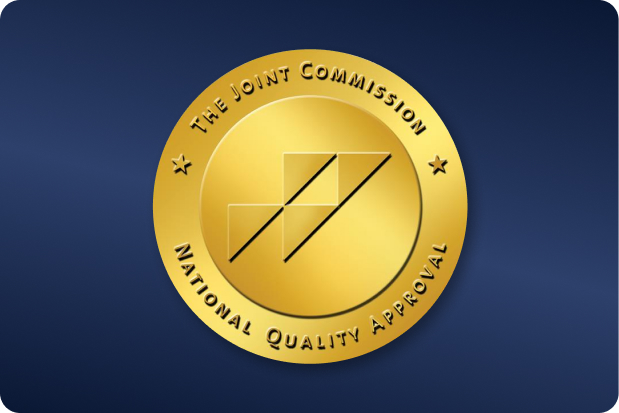 OUR LOCATIONS
Same-day Appointments Book OnlineCall to book 201.523.9590
OUR LOCATIONS
Same-day Appointments Book OnlineCall to book 201.523.9590
 OUR LOCATIONS
Same-day Appointments Book OnlineCall to book 201.523.9590
OUR LOCATIONS
Same-day Appointments Book OnlineCall to book 201.523.9590

The thoracic area of the body contains some of the most essential organs to human survival and undergoes a considerable amount of strain every day. While the spine is built to withstand daily wear and tear, sometimes there are extenuating circumstances like injuries that can overload its ability to heal and recover. In these situations, this overload often manifests as thoracic back pain.
What can people do to relieve thoracic back pain? There are three ways you can effectively reduce or remove thoracic pain: medications, physical therapy, and self-care remedies. These are often complemented by other treatments that the patient can perform themselves to further improve the initial results of the treatment, or surgery for severe conditions.
Thoracic back pain is best treated when the underlying cause has been addressed. Since this can range from mild conditions like muscle tension to potential tumors, it can be very difficult for doctors to recommend a treatment that can always address back pain.
This is why it’s important for patients to always get a proper diagnosis of their thoracic back pain before using or undergoing any form of treatment. Once the correct diagnosis has been made, the doctor will usually recommend one of three ways to treat the cause:
Medications like painkillers, anti-inflammatory drugs, and topical creams can provide some measure of relief from thoracic back pain. This is particularly effective if the cause of the pain can be traced back to physical trauma like muscle tension or overexertion, as they can be easier to treat and have a quick recovery time.
However, patients have to be careful about the possible side-effects of the medication they take for thoracic back pain and the danger of over-reliance on the drug. Some medication is only meant to ease the pain itself, and will not do anything to treat the underlying cause.
For localized areas like the neck, upper body, shoulders, and chest, physical therapy can be an effective way to treat trigger points and injuries. The versatility of physical therapy allows it to be prescribed for almost any kind of thoracic pain and can be adjusted to allow for the more delicate parts of the area like the neck.
The crucial part of physical therapy is that it needs to be consistent. Any lapses or gaps between therapy sessions can undo most of the progress from earlier sessions, and may even worsen the problem in some scenarios. Physical therapists also need to be highly skilled and knowledgeable in their practice to avoid accidents and misalignments.
Once the primary treatment for thoracic back pain is finished (for physical therapy) or fully integrated (for medication), the patient may be able to boost and support the effects of their initial treatment at home. These methods often focus on changing the routine of the patient to accommodate the changes that will happen after the full course of the primary treatment is finished.
Self-care home remedies should only be done with the advice of your doctor. Treatments like hot and cold therapy can cause prolonged tingling or numbing if done incorrectly, and improper posture during exercises can aggravate your condition. This is why it’s crucial for patients to always report for follow-up sessions while administering remedies at home.
Because the spine requires a longer recovery period compared to other structures in the body, patients should never deviate from the advice of their medical professionals. Any attempt at self-medication or treatment outside medical advice can aggravate the symptoms and escalate the underlying condition into something more serious.
Depending on the actual cause, your doctor may recommend other methods you can use to relieve your back pain:
Improper sleep posture is a common cause of back pain, though it’s fairly easy to treat with the right sleep aids. Getting a better pillow, a more comfortable mattress, and adjusting your sleeping position are all excellent ways to reduce thoracic back pain.
Physical activity keeps your joints limber and flexible and avoids tissue degeneration from their disuse. Simple stretches and walks can complement ongoing physical therapy and require little to no medications before manifesting improvements. But like most physical treatments, consistency is key to getting the best results.
Aside from sleep, the posture that you maintain while sitting down and standing up is also crucial to managing thoracic pain. Proper posture allows for better blood circulation, decreased likelihood of nerve damage, and even better bowel circulation. These can all reduce the incidences that can cause acute back pain, like heartburn, muscle tension, and clogged arteries.
For serious cases like advanced kyphosis, surgery can correct imbalances and misalignments in the spine and allow it to regain its normal curvature. Surgery can also be considered if a traumatic injury can’t be treated by physical therapy alone. However, doctors will only prescribe surgery as a last resort, given that the thoracic area is a delicate mixture of bones, muscles, and organs that are sensitive to any changes.
Typically, thoracic back pain will subside after a thorough diagnosis and treatment option from your doctor. However, there may be situations where the underlying cause had been misdiagnosed or escalated into a more serious condition. Situations like these should be treated as urgent and be brought to your doctor’s attention immediately.
Some signs and symptoms to watch out for include:
Doctors will usually schedule regular checkups to see if your pain has subsided or improved after treatment, but don’t hesitate to call for an emergency consultation.
Thoracic back pain can be relieved at home but should be checked by a professional since it may have a serious underlying cause. Because of the proximity of the thoracic area to many critical internal organs, patients are advised to always consult a medical professional if any pain or discomfort occurs. As a rule, self-medication and home remedies should only be done on the recommendation of your doctor.
At The Spine And Rehab Group, our doctors are highly experienced in the diagnosis and treatment of thoracic back pain. We have every essential diagnostic tool required to make a personalized recommendation for treatment and focus on long-term and effective therapy. As a leading healthcare provider in New York City, we pride ourselves on our commitment to customer service, helping our patients overcome any medical condition they may encounter. For more information about our services, contact one of our clinics today for a consultation.



